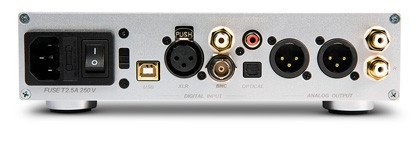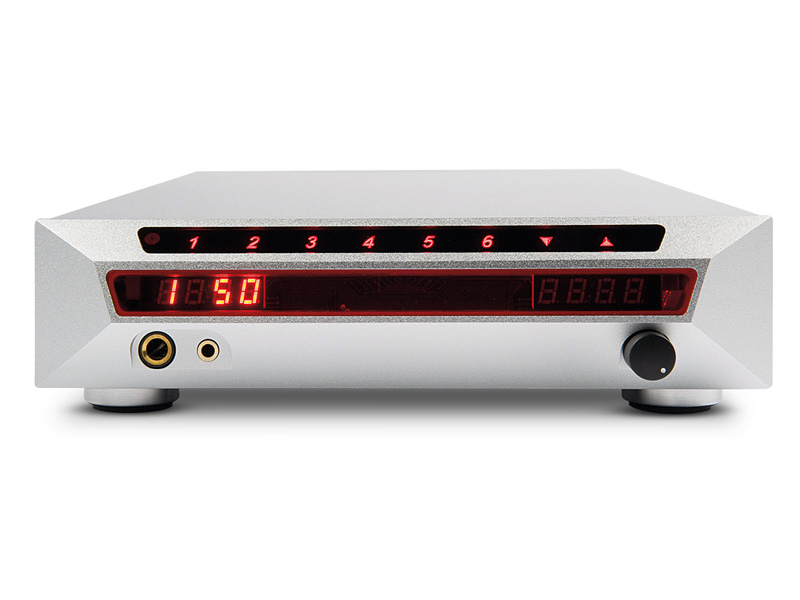TechRadar Verdict
Pros
- +
Good extension at frequency extremes
- +
Very good timing
Cons
- -
Minor boost to upper midrange can make some recordings sound a little 'dirty'
Why you can trust TechRadar
The NuForce DAC9 isn't the only DAC to include a headphone output, but it makes more of a point of it than most, and fair enough, adding as it does a dedicated volume control and both flavours of headphone jack, 6.3mm (quarter-inch) and 3.5mm.
The latter, incidentally, also functions as an input, an optical digital input to be precise, in similar manner to some computer sound cards and portable audio devices.
The total input count runs to six, with a further (TOSLINK) optical socket at the rear, alongside AES/ EBU, USB and three electrical S/PDIF sockets, two phono and one BNC; one of the phonos is effectively the same input at the BNC so you can only connect one or the other.

Selection between the inputs is achieved at the front of the unit by a touch-panel, which we found occasionally reluctant to accept commands. The remote control is less fussy and is invaluable in adjusting line-output volume, which changes in 0.5dB steps.
From the front panel, it is necessary to touch and release for each step, waiting more than a second before the next step can be made.
It's just as well that output level is adjustable, though, because at maximum output the DAC9 produces four volts, enough to overload the inputs of a few amplifiers we've seen.
NuForce mentions in its promotional literature that neither sample-rate conversion nor negative feedback is used in the DAC9, which strikes us as a little perverse as the DAC chip (like all current examples of its breed) uses internal sample-rate conversion to implement digital filtering and the analogue circuits include op-amps, which are never used without feedback. They are all high-quality parts, as are the drivers for the balanced output and the analogue volume-control chip.
The power supply employs a very large toroidal transformer. 96kHz digital sources are accepted at the USB input, which is upgradeable to even high sample rates by swapping an internal module.
Sound quality
Comments on this DAC varied between listeners, their reactions depending on personal priorities. It seems that if you value an ultra-clean, high-resolution sound this may not be the best option around, but it has very good drive and dynamics, and possibly the best timing.
The listener who liked it least pointed to a degree of 'grunge' in its sound as his main reservation, but despite that there is still some good detail to be heard.
Midrange is generally neutral, though we came to suspect that the comments about 'grunge' may actually reflect a small degree of subjective upper-midrange lift, which does seem to dirty the sound a little on many recordings.
This is all quite minor stuff, though and while it's easy to be critical in comparisons like this we felt the sound over the longer term is more than acceptable. It would be unkind to close without commending the headphone output, which is particularly revealing and proved worthy of the finest cans we plugged in to it.
Follow TechRadar Reviews on Twitter: http://twitter.com/techradarreview
